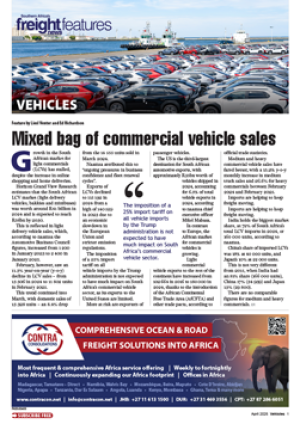Botswana remains one of sub-Saharan Africa’s good news stories with its consistent approach to transformation continuing to pay off.
This year the landlocked southern African state is expected to grow at 4.6%. The International Monetary Fund (IMF) recently trimmed its forecast of the country’s growth from 4.8% to 4.6% based on lower than expected demand for diamonds. Considering the lacklustre performance of several southern African countries, 4.6% growth is nothing to scoff at, particularly since the slowdown is not just its own doing.
“Besides the slight decline in the demand for diamonds, one can also attribute the slower growth to the impact of the South African economy on Botswana,” said Duncan Bonnett, analyst at Africa House. “It really is a case of the saying when South Africa sneezes, its neighbours catch a cold.” Bonnett said the risk of spill-over into the region from the weak performance of the South African economy had increased.
“Neighbouring countries like Botswana are seeing their growth slowing down because of South Africa’s ongoing weak economic performance.”
But, he said, despite this Botswana remained focused and on track in terms of its national development plans. Botswana has seen consistent growth over the last couple of years, even though its economy only grew 2.4% in 2017. This followed unexpected high growth of 4.3% in 2016.
“Botswana is very clear about what they want as a country and what they are going to do to get there,” he said. “One must not forget how far they have already come. Fifty years ago, when Botswana gained independence, it was one of the ten poorest countries in the world.”
He said the transformation to a strong middle-income country was best described as phenomenal. “The achievement in 50 years is incredible. They have used their diamond endowment far better than many other well-resourced African countries, following a disciplined approach to their resources and their expenditure.
Botswana does not like debt and prefers to pay for its projects itself which is why they have been able to keep their external debt manageable.” This, however, also had a slight negative side, said Bonnett, as the country struggled to fund the very large and expensive projects it needed to boost its growth further.

